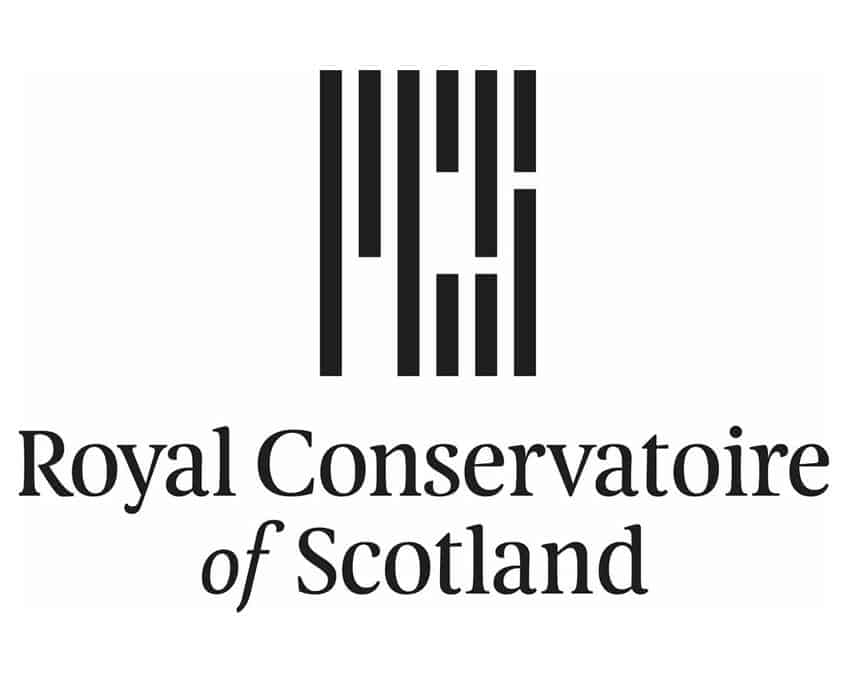
29 Dec Royal Conservatoire of Scotland: Production Art and Design
I received a really insightful email recently from a parent of one of my students from last year, who is now studying on the Production Art and Design – Set and costume design course at the Art Schools in Scotland.
I’ve pretty much copied the email into this post because some of the information and insight that it contains is so useful for many of you, whether you are applying to this course or not – much of it is universal.
“First of all, I would like to thank you on behalf of Erin and myself for all your help. The whole process of applying or art and design courses can be somewhat daunting and confusing with each application wanting very different things. I have to say that January and much of February was a very stressful time for us both. Your support with the digital portfolio was fantastic and your (mentoring) advice invaluable. It very much eased the pressure for the Edinburgh application so thank you.
The outcomes of the applications were:
Heriot Watt: Textiles – Unconditional offer
Heriot Watt: Fashion Technology – Unconditional offer
Edinburgh College of Art: Textiles – Withdrew
Edinburgh College of Art: Performance Costume – Withdrew and didn’t send folio
Dundee: Foundation Art – Withdrew
Royal Conservatoire of Scotland (RCS): Production Art and Design – Set and costume design – Unconditional offer
The conservatoire application was made via ‘C’ UCAS. This is the UCAS Conservatoire process which allows you to apply up to 6 conservatoires in addition to the 5 applications to UCAS.
Erin has accepted the place at the Conservatoire and is absolutely thrilled and delighted to have been successful with her first choice. Her interview was on the 9th Feb and acceptance came on the 14th hence why she withdrew from the other courses.
We both hoped that It might be helpful for future students if we briefly summarized what Erin learned during the application process so here goes.
As you know initially Erin was interested in the Edinburgh College of Art Performance Costume course after attending the graduate show. It was only after attending numerous open days did she ever consider textiles after being so impressed with the facilities at Heriot Watt University. She had never heard of the fashion technology course before then either and found a combination of design and practical problem solving was extremely appealing and the excellent job prospects very attractive.
She decided not to apply for the Queen Margaret University costume course as it seemed to be much more focused on costume construction rather than design and withdrew from the Edinburgh College of Art course for pretty much the same reason. Dundee was her back up.
We happened upon the Royal Conservatoire of Scotland course pretty much by accident, coming across it on the website when Erin’s brother was applying for music. They also have numerous summer school and short courses but are very expensive. As you know she was extremely fortunate to have gained a fully funded place at the Junior Conservatoire as part of their Transitions 20/40 program.
This involved her traveling through to Glasgow every Sunday for a year to take part in their Production Programme. Which was essentially an introduction to all the different aspects of theater production- two-week tasters sessions on each discipline within both technical and management and design. It provided incredible insight into all aspects of theater production. She also secured a place on a two-week course on set and costume design. It was a result of this amazing combined experiences that inspired her to apply for the degree course.
Disciplines to Apply
When applying for Production Art and Design at the Royal Conservatoire of Scotland you specifically apply for one of 5 disciplines.
- Set and Costume Design
- Costume construction
- Scenic Art
- Prop Making
- Set construction
There are 4 places in each per year. Set and Costume design is the most competitive and this year they interviewed 75 candidates for 4 places. So as you can imagine Erin is absolutely delighted.
The Interview process is very intense and lasted about two hours and took into account many different things.
Two weeks before the interview Erin was sent a list of 10 plays to research and choose from – everybody is only given 2 weeks to prepare to ensure no advantage. She had to select one play and design the set and costumes for it. This involves preparing a detailed sketchbook and a 1:25 scale 3D set box. Erin chose “What the Butler Saw”
She had to research the play, the period in which it is set (the 60’s), influences at the time in reference to decor, props, costumes, etc. She was asked to explain her reason for choosing the play, how she would have designed it for a different time period, what she would have done differently, what she liked about it, how she made her choices, how she made the model, what she knew about the playwright, why she chose the colors she did and so on.
She had to present her art portfolio. She took a varied folio and included – life drawing, sketchbooks, still life, and textiles from her Advanced Higher art. They were particularly impressed that she had attended life drawing in her own time and the variety of mediums that she had included in her folio especially the textures Advanced Higher designs.
She had to talk for about 10 minutes about theater production that she had been to in relation to the set and costume design. This could have been a play, opera, musical, etc. She had to talk about the effects, colors, lighting, props, costumes – good and bad.
Prepare a 200-word essay about herself. In addition to her personal statement.
This application was by far the most daunting and difficult but also the one that she strangely enjoyed. Once she started explaining her designs and reasons for her choices she said that she forgot to be nervous and it just flowed. I think that she must have demonstrated the passion, self-belief, and commitment that they were looking for. Maybe when you believe in yourself everything just follows.
I have included the link to the Royal Conservatoire of Scotland Art and Design page for you. I think that the facilities are extremely impressive and the images, video, and virtual tour are worth a look. Certainly, none of Erin’s art teachers had heard of the course. It may not be for everyone but opportunities are amazing and the students get to work on live productions and with industry professionals.
The best bit of advice that you gave Erin was most definitely life drawing and sketchbooks. Both Heriot-Watt textiles and Royal Conservatoire of Scotland were super impressed that Erin had undertaken a life drawing course in her own time. I think that it goes to show how useful it is despite the specialty. Schools do not encourage sketchbooks but again Erin just wishes that she had started using them much sooner.”


No Comments